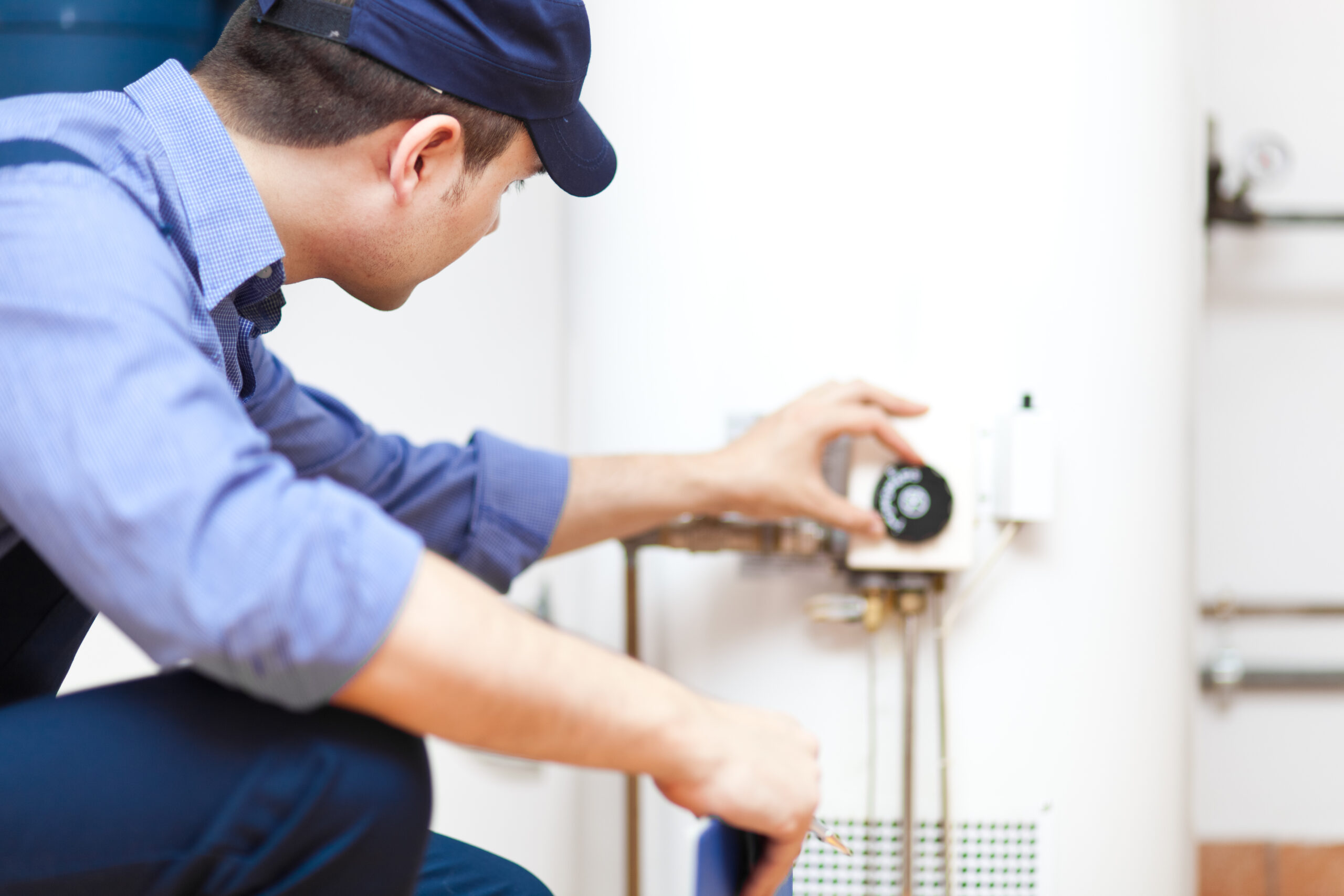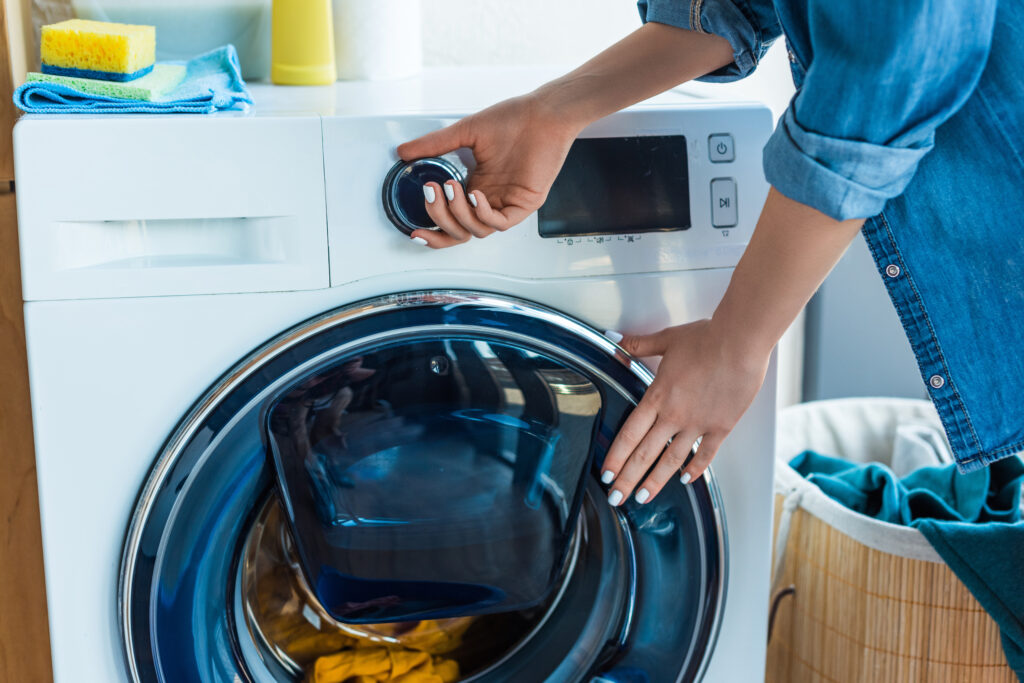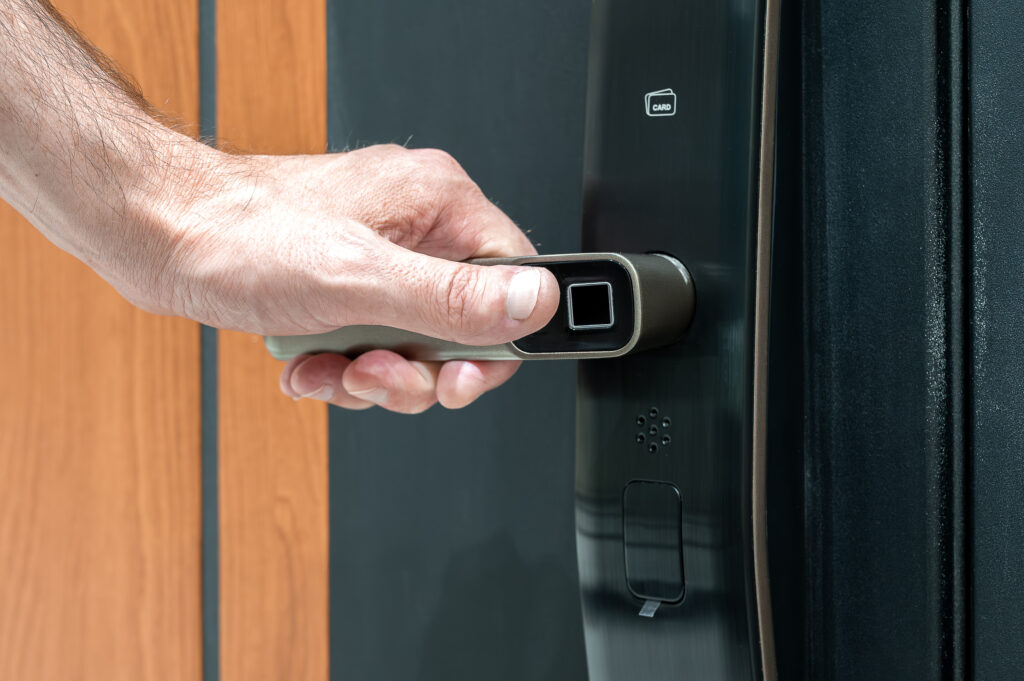How to Drain Your Water Heater: A Simple Guide for Homeowners
Maintaining your water heater isn’t the most glamorous home task, but it’s one with measurable impact. This essential appliance works year-round to deliver hot water on demand—for showers, dishes, laundry, and more. Like any hard-working system in your home, your water heater needs occasional attention to perform at its best. One of the most overlooked, yet critical, DIY maintenance tasks is draining the tank. Done properly and regularly, draining your water heater can extend its life, improve heating efficiency, and prevent costly damage. In this guide, we explain how a water heater works, why draining it matters, how to do it safely, the pros and cons, and when it’s time to call in help or consider a home warranty plan to cover the unexpected.
Understanding How a Water Heater Works
Your home’s water heater operates on a relatively simple principle: it stores cold water, heats it using either gas or electricity, then keeps it ready for use when hot water is needed. Traditional tank-style water heaters typically hold between 30 to 80 gallons and are insulated to maintain temperature. The cold water enters the tank through a dip tube and exits as hot water through the top when you activate a faucet. Inside the tank, a thermostat monitors temperature and triggers the heating element or burner as needed. Over time, minerals in the water—particularly calcium and magnesium—settle at the bottom as sediment. And here’s the issue: that mineral buildup reduces efficiency, creates noise, and if left unchecked, shortens the lifespan of the unit. This is where draining comes in.
Why You Need to Drain Your Water Heater
Think of sediment like cholesterol in arteries. It clogs the system, forces it to work harder, and decreases overall performance. Draining your water heater flushes out that built-up material, preventing corrosion inside the tank. When sediment accumulates, it forms a barrier between the heat source and water, slowing down heating time, increasing utility bills, and eventually leading to overheating. Overheating can warp the tank or cause the heating element to fail. For gas-powered models, sediment buildup can even create hazardous cracking or popping sounds during operation. Regularly draining the tank once a year removes these risks, extends the unit’s durability, and can save on heating costs.
The Right Way to Drain Your Water Heater
Draining your water heater might seem like something reserved for technicians, but it’s a straightforward task for most homeowners. You’ll need a standard garden hose, wrench, some towels, and a bit of patience. Start by turning off the power supply (for electric models) or setting the gas valve to pilot (for gas models). Next, shut off the cold water valve on top of the unit. Attach the hose to the drain valve at the base of the tank and run it to a floor drain or outside. Open a hot water tap in your home to allow air into the tank, then carefully open the drain valve. The water may initially look cloudy—that’s normal. After the tank drains, briefly open the cold water valve for a few seconds to stir up any remaining sediment, then drain again. Repeat once or twice, close everything up, and refill. It is critical that you wait until the tank is completely refilled before turning the power or gas back on. Rushing the process can damage the unit.
Common Issues and What to Watch Out For
While draining is relatively safe, occasional complications can arise. The drain valve can become clogged with hardened sediment, especially if it hasn’t been maintained regularly. In that case, gently poking the clog or opening other valves to create pressure may help dislodge it. If it’s fully blocked or the valve itself is faulty, you may need a professional to inspect or replace components. Older tanks can also corrode around the valve or base; any rust, visible leaks, or persistent odors may signal a failing water heater. Another concern is scalding. Because stored water is often heated to 120°F or more, always proceed cautiously. Make sure the tank has cooled before draining, and wear gloves or avoid direct contact with hot surfaces. Finally, after draining, check for air trapped inside the pipes. Running a few faucets continuously after refilling helps purge the system.
Advantages of Regular Water Heater Maintenance
This kind of preventive maintenance delivers long-term value. A well-maintained water heater runs more efficiently, saving energy and money every month. It provides consistent hot water without temperature fluctuations or delays. It also extends the life of the unit, deferring the cost and hassle of premature replacement. Most standard water heaters last between 8 to 12 years, but routine attention like draining and checking the pressure relief valve can push that number higher. For homeowners with hard water, flushing is even more critical. Excess minerals accelerate sediment buildup. Additionally, regular draining can help identify concerns—like cloudy water or excessive rust—early, before they progress into emergencies.
Drawbacks and When to Involve a Professional
Despite the benefits, draining a water heater is not without challenges. It takes time, disrupts hot water availability for a few hours, and can be messy. If your heater is located in a tight or finished area, spreading water can lead to damage. Some units have poorly designed drain valves, making it awkward to attach a hose securely. And if you wait too long—several years, for example—sediment hardens, making draining ineffective. In these scenarios, or if you suspect internal failure, call a licensed technician. A certified plumber can inspect, descale, or even recommend replacement. Also, if your unit is under manufacturer or home warranty coverage, consult the provider before any DIY maintenance to preserve your coverage. A trusted home warranty, like those from Armadillo, simplifies this whole process significantly.
Protect Your Water Heater with a Comprehensive Home Warranty
While draining your tank once a year is a smart habit, it doesn’t guarantee performance forever. Systems age. Parts wear out. Problems arise—often without warning. That’s why proactive homeowners increasingly rely on trusted home warranties as their safety net. Armadillo has reimagined home warranty coverage with a modern, transparent approach. Built for the way today’s homeowners actually live, Armadillo plans cover essential systems like your water heater, so if it starts leaking or fails to heat, you’re financially protected. The process is quick, clear, and handled by vetted professionals. Start by exploring more at armadillo.one. Ready to get surface-level this week while securing real protection for the next decade? Start your personalized home warranty plan today at armadillo.one/plan-builder. Make smart, proactive maintenance part of your homeowner routine—then let Armadillo take it a step further and cover your back.


























